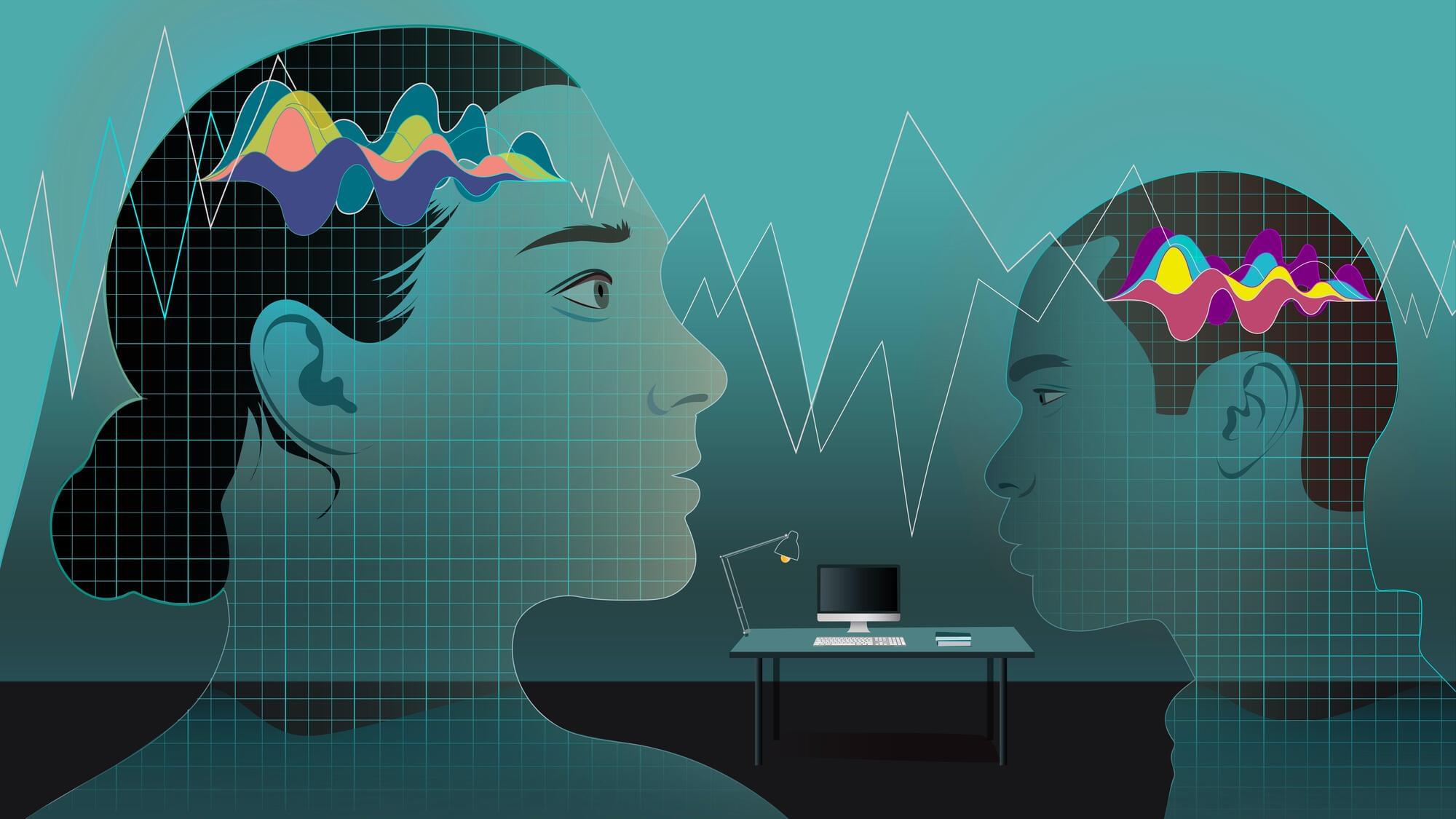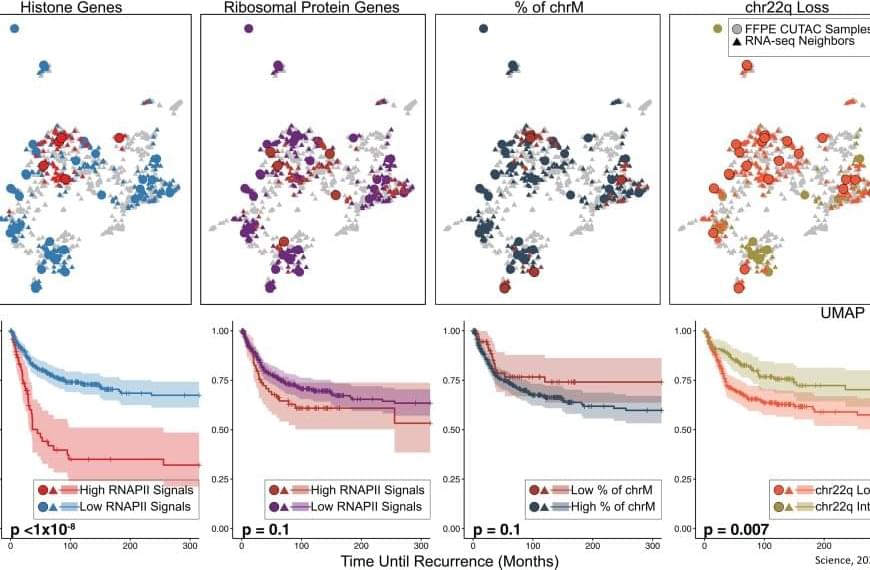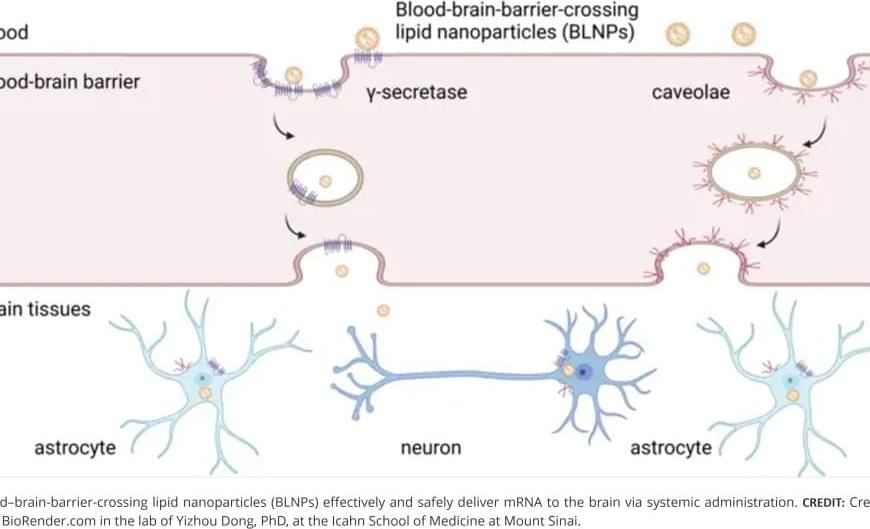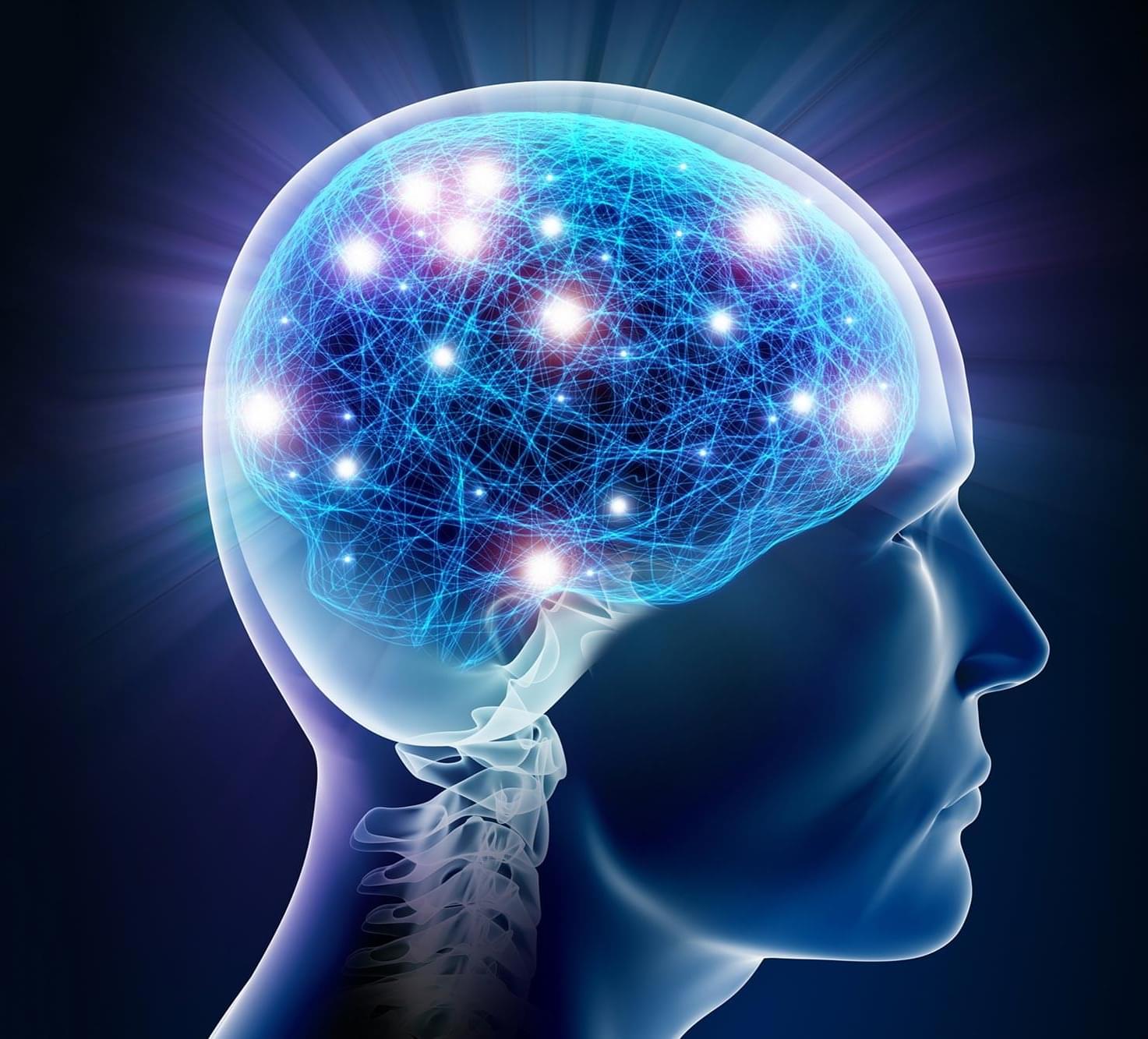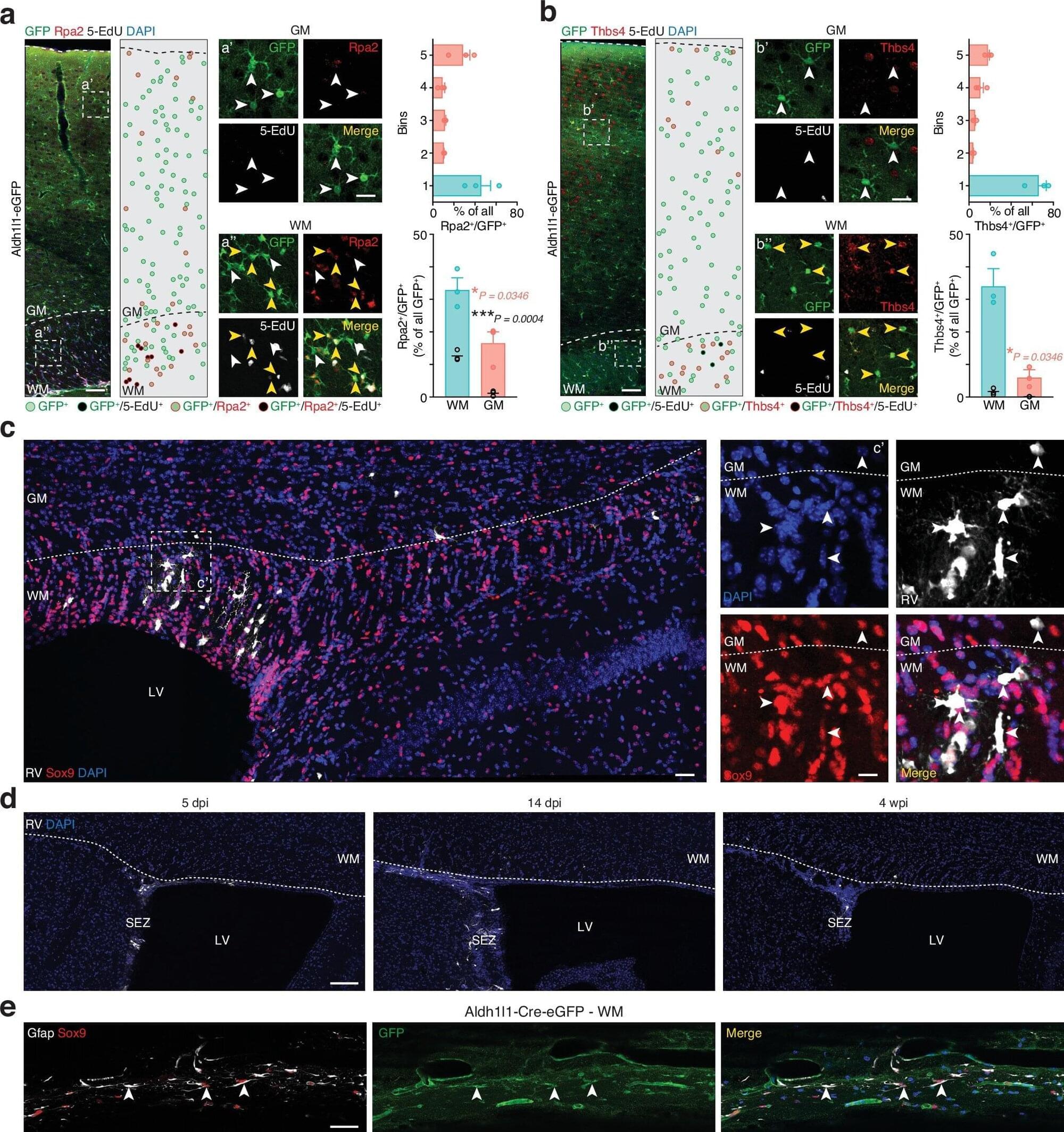Scientists have recorded the first-ever brain scan of a dying human.
A man suddenly died during a routine brain scan, revealing intriguing insights into what happens in our final moments.
An 87-year-old man undergoing a routine EEG for epilepsy suffered a fatal heart attack. Researchers found that in the 30 seconds before and after his heart stopped, his brain waves resembled those seen during dreaming, memory recall, and meditation.
This suggests that the commonly reported phenomenon of “life flashing before your eyes” may have a neurological basis. However, since this is a single case study, more research is needed to confirm how common this experience may be.
The findings, published by Dr. Ajmal Zemmar and his team, showed a surge in gamma waves — high-frequency neural oscillations linked to memory and consciousness — just before and after death.
These waves are typically observed when people recall memories, adding weight to the idea that the brain may replay key life events in its final moments. While this discovery cannot fully explain the mysteries of death, it offers a fascinating glimpse into the brain’s last activity and opens the door for further research on human consciousness at the end of life.


